Becoming a pro in a tennis comes with making the right choice for your tennis kits. And your tennis kits especially your racquet do the talking when you have an exceptional string that fits it. The string has that full potential to either step you up or round you up to a starting point.
To help you find that best string to step up your game, I have come up with these 9 top rated tennis strings with the capacity to improve your performance. The information here is based on research I did and my experience with some of them. I hope you find what you’re looking for by the time you get to the bottom of this article.

The Selected Strings and Why They are the Best
The strings I’ve reviewed made it to this list based on my experience, information gathered from product source and feedback comments from people that have used them. So, you have a comprehensive information to help decide on what type of tennis string to go for.
Your best tennis strings available to your selection are:
- Babolat VS Touch Natural Gut 16 string
- Babolat RPM Blast 17
- Luxilon ALU Power 16L String
- Luxilon 4G 16 String
- Solinco Hyper-G
- Solinco-Tour Bite Tennis String
- Prince Synthetic Gut with Duraflex
- Wilson NXT Power String
- Tecnifibre NRG2 16 String
Babolat VS Touch Natural Gut 16 string, The Stuff of Legend
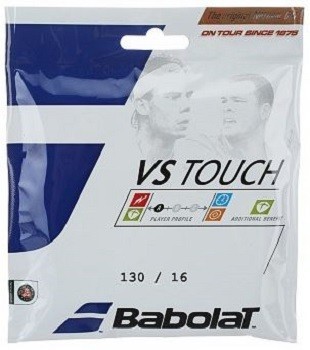 Cheapest Place to Buy: Amazon.com
Cheapest Place to Buy: Amazon.com
Price Range: $ 42.95 – 44.95
My Overall Ranking: 9.7 out of 10
Overview of the Babolat VS Touch Natural Gut 16
It’s one of the iconic strings from Babolat which came into limelight in 1925 and has contributed immensely to the performance of most tennis Pros. It’s also graced some legendary games of some great players in the history of tennis.
This string is endorsed by most ATP and WTP Pros who enjoy power without sacrificing comfortability. It’s a top-rated tennis string good for top-level players as well as beginners who would want to enjoy their game without worrying about arm pains.
It’s made from natural fibres and offers an outstanding combination of power, comfort and irresistible feel. As described by Babolat, the technologies – Thermogut and BT7 technologies backing this string are unmatched in durability and playability.
I love this string although it’s a bit expensive (common to all natural guts) compared to other synthetic guts but I think it’s a good one because you can’t settle for something less and welcome arm pains anytime you play.
String Technical Specification
The distinctive feature of this string is summarized below:
Gauge: 16 / 1.30 mm
Length: 40 ft / 12 m
Composition: Natural Gut (with Thermogut & BT7 Technology)
Colour: Natural
You can also find some with black colour. The technologies of the string are to improve the deficiencies found in most natural guts.
Thermogut Technology: it’s a finishing touch that boosts the string to resist moisture translating to its durability.
BT7 Technology: it’s a layer structure designed to improve on the durability of the string.
Why Would You Buy Babolat VS touch Natural Gut 16?
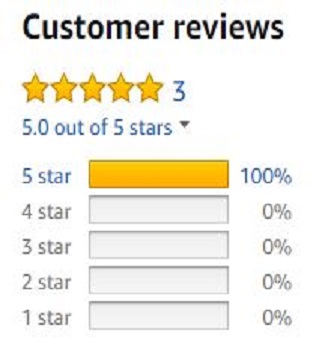
Pros
- It has an unmatched combination of power, comfort and feel.
- If you have issues with elbow, shoulder or general arm problems, then this is the best choice for you.
- It has good vibration mechanisms to neutralize effects on the arm.
Cons
- It’s comparatively expensive to the synthetic guts which are common with natural guts.
- It has inadequate spin and control as compared to polyester strings. This can be solved by using higher tensions or stringing it in a hybrid.
Price
The Babolat VS Touch Natural Gut 16 String is sold at $ 42.95 at Amazon (free shipping) and Tennis Warehouse. It’s comparatively expensive though, but its usage saves you from arm pains.
You will make a right choice by going for this if you’re in search of the above qualities discussed. In addition to this, assessment by tennis warehouse and customers authenticates the value it can offer you.
Pros Endorsing This Item
With the unique qualities shared above, it’s of no doubts that Alexander Zverev, Bryan Brothers and Marin Cilic are great fans of this string.
Finally, if you’re looking for a string with this 3 maximums – maximum power, maximum comfort and maximum tension maintenance, then I think Babolat VS Touch Natural Gut will serve you well.
Babolat RPM Blast 17
 Cheapest Place to Buy: Amazon.com
Cheapest Place to Buy: Amazon.com
Price: $ 17.95
My Overall Ranking: 8.9 out of 10
Overview of the Babolat RPM Blast 17, Unbeatable String in the World of Tennis
Another iconic string from Babolat. It’s a co-polyester monofilament string with an exceptional spin. The fame of this string went viral when Rafael Nadal first used it at the Australian Open in 2010. It has long attracted customers not only because Rafael Nadal used it, but its exceptional features to most traditional strings.
Like most polyester strings which are stiffer, the Babolat RPM Blast 17 is a little thinner than 16 and has a softer feel than the traditional polyester strings. Its octagonal shape gives it an amazing touch for one to create more spin without losing control over the ball.
The Babolat RPM Blast 17 is durable and less elastic but very difficult to break during playing. You don’t have to also worry about rearranging your strings very often when playing with this string. It’s a good choice for players who wield heavy racquets and would love to generate greater spin as well as a better control without compromising on durability.
String Technical Specification
- Gauge: 17/1.25mm
- Length: 40ft/12m
- Composition: Co-polyester Monofilament
- Shape: 8-Sided
- Colour: Black
Why Would You Spend Money on RPM Blast 17?
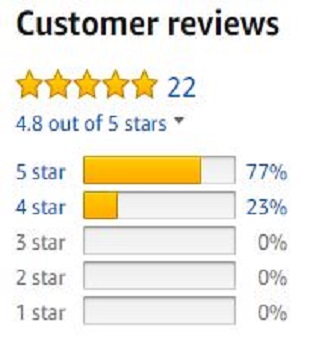
Pros
- It’s the best choice when it comes to creating more topspin and having better control at the same time.
- It’s very durable and gives you value for your money as it lasts long too.
- It also performs well when used in hybrids with natural guts.
- It’s averagely inexpensive.
Cons
- Beginner and intermediate players with shorter strokes may not exploit the full potentials of this string.
Price
You can find Babolat RPM Blast 17 at Amazon at $ 17.95 and it’s the cheapest price you can get. This is not cheap and not a too expensive string, considering the quality it comes with.
I would recommend it to any player who would want to generate more topspin.
Pros Endorsing this String
As stated earlier, Rafael Nadal is the iconic player using this string with other Pros such as Julia Goerges and Heather Watson.
Finally, if you want to feel the blast in your spins with better control, then you might want to grab yours.
Luxilon ALU Power 16L String
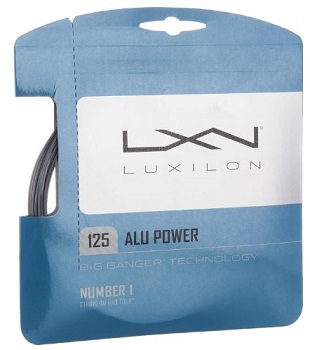 Cheapest Place to Buy: Amazon.com
Cheapest Place to Buy: Amazon.com
Price: $ 17.95
My Overall Ranking: 9.6 out of 10
Overview of the Luxilon ALU Power 16L
It’s one of the most popular strings found among the professional players on the ATP tour and has contributed massively to the polyester string revolution. With the great blend of fibres and polymers, it’s no surprise of the exceptional combination of spin, control and durability without trading off the amazing feeling it comes with.
It’s said to be a gold standard on the professional tour and hasn’t failed in any way in its quality. Intermediate and advanced players who would love more of control in their game are good to go in for it.
String Technical Specification
- Gauge: 16L/1.25mm
- Length: 40ft/12.2m
- Composition: Co-polymer (nylon) + Fluocarbon resin + aluminum fibers
- Colour: Silver, Ice
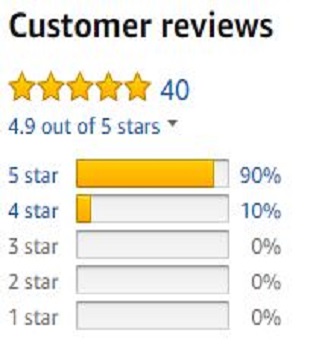
Pros
- It is very durable and enables one to generate amazing spins without losing control.
- It provides players with a good feel for the racquet when playing.
- It’s a premium string and thus fits the price.
Cons
- It’s averagely expensive.
- It’s might be too firm for beginners.
Pros Endorsing this String
On the ATP tour, the professionals you will come across with this string are Jeremy Chardy, Marin Cilic and Borna Coric.
If it’s good for these professional players, then you’re not making a mistake if you should buy it. Grab yours here.
Luxilon 4G 16 String, The Tension Holder
 Cheapest Place to Buy: Amazon.com
Cheapest Place to Buy: Amazon.com
Price Range: $ 16.80 – $ 43.00
My Overall Ranking: 8.7 out of 10
Overview of the Luxilon 4G 16
It’s a co-polyester string designed to specifically prolong its tension maintenance ability. Unlike most strings which lose their shock absorption in a short time, this has an extended high-tension property making it a great choice for players with aggressive play style to enjoy longer playability.
It’s durable and quite stiff but provides a great feel for players to be comfortable with. So, if you’re looking for a long-lasting string of high tension maintenance which can provide you with great spin as well as control, then this string can do that job.
String Technical Specification
- Gauge: 16L/1.25mm & 16/1.30 mm
- Length: 40ft/12.2m
- Composition: Co-polymer Monofilament
- Colour: Gold
Why Buy This String?

Pros
- It has an exceptional tension maintenance.
- You can create more spin and still have a control over it.
- It’s very comfortable to use.
Cons
- Generating more power would cost you an extra effort.
Price
It ranges from $ 16.80 to $ 43.00 on Amazon so it provides you with that flexibility. You can get it at tennis warehouse too at $ 17.79 for the 16L/1.25, so I think your best deal will be Amazon.
Although, averagely it’s a little expensive but a cool price for what it can offer you.
Pros Using It
You can find Grigor Dimitrov, Alexandr Dolgopolov and Gilles Muller in the ATP tour using this string. With these great players embracing it, you’re assured of its potential.
In brief, if you want to have a longer playing time without losing the tension of your string in a short time, then you don’t have to blink in buying this.
Solinco Hyper-G
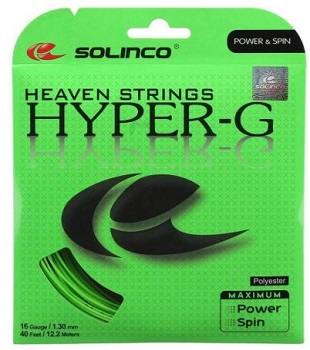 Cheapest Place to Buy: Amazon.com
Cheapest Place to Buy: Amazon.com
Price Range: $ 11.95 – $ 15.99
My Overall Ranking: 9.2 out of 10
Overview of the Solinco Hyper-G
It’s a square-shaped string designed from a copolyester material. It’s found to have been developed for top 50 players of the ATP tour and has risen in the market for its quality. It’s moderately firm which gives a muted and softer feel making it more forgiving to the arm.
It’s not much of power but can generate outstanding spins with excellent tension maintenance. It’s a great string for topspin players who project the ball sharply into the court without having to worry about overhitting.
String Technical Specification
- Gauge: 16L – 20
- Length: 40ft/12.2 m
- Composition: Co-polyester Monofilament
- Colour: Green
It has about 5 gauges with different diameters providing you with a good option of cost.
Why Buy This String?
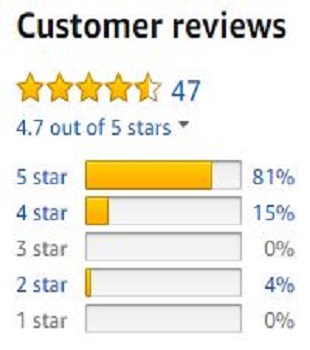
Pros
- It has high tension maintenance.
- It’s a good option for players with arm pain.
- It’s provides muted and softer feel than most polyester string.
- It’s very durable and hence longer playability.
Cons
- Its power generation might be less for beginners.
Price
The Solinco Hyper-G comes in different diameters giving rise to the price range $ 11.95 – $ 15.99 and you can get it at Amazon (cheapest) and tennis warehouse.
I think the price is manageable compared to other strings which cannot even match it in terms of quality.
Pros Endorsing This String
If you want to find professionals using this string, then you would check out Bryan Brothers, Sam Querrey and Donald Young. Again, this string was designed with the help of a prominent ATP touring professional so you have got all the goodies in it.
For arm friendly string with great topspin, this should be your last stop.
Solinco-Tour Bite Tennis String
 Cheapest Place to Buy: Amazon.com
Cheapest Place to Buy: Amazon.com
Price Range: $ 7.45 – $ 15.99
My Overall Ranking: 8.3 out of 10
Overview of the Solinco-Tour Bite
It’s a co-polyester string designed to fit advanced players who seek a complete blend of control, durability and spin. It has a growing popularity at the collegiate level because of the great profiles created with the topspins.
It’s not a string for massive power shots but in the right hands, it can produce very heavy balls through the spin at precise angles. I will say it’s an accessory for players who would want to place the ball deep into the court with faster strokes.
String Technical Specification
- Length: 40ft/12.2m
- Composition: Co-polyester Monofilament
- Colour: Silver
The gauge varies for the version you would choose and it ranges from 1.10 mm to 1.35 mm.
Why Buy This String?
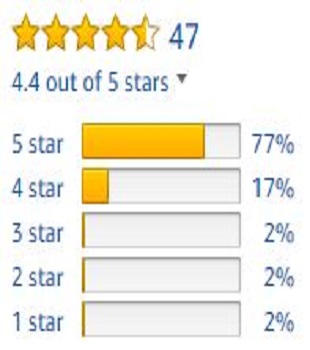
Pros
- It provides a perfect combination of spin, control and durability.
- It’s ideal for aggressive players who like to smash the ball
- It’s last quite long in playing.
Cons
- It’s underpowered for players at beginner level.
- It’s a little stiff to some people.
Price
You can have the best deal of this string at Amazon ranging from $ 7.45 to $ 15.99, which is a cool price on the average.
It comes with free shipping, so you might want to secure your cut to enjoy your game.
Pros
So far in the professional tennis game, you will come across Sloane Stephens using this string.
For big hitters seeking great loads on head speed, a copy of this string will make your game shine. You can get it here.
Prince Synthetic Gut with Duraflex
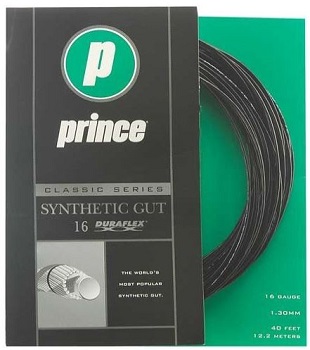 Cheapest Place to Buy: Amazon.com
Cheapest Place to Buy: Amazon.com
Price Range: $ 4.75 – $ 10.00
My Overall Ranking: 7.9 out of 10
Overview of the Prince Synthetic Gut
It’s one of the cheapest strings that are in high purchase throughout the year. It’s not that soft but a little easier on the elbow and its solid core synthetic fibre provide all round playability. It’s not only an ideal choice for budget-minded players who seek all-round performance but it makes a great hybrid with other strings too.
Its design is of decent combination in spin, power, comfort and control but not of exceptional performance in one area. Compared to its original, it’s durable and offers great value to its followers who find no reason to switch to other strings since the time they started using.
String Technical Specification
- Gauge: 16 /1.30mm
- Length: 40ft/12.2m
- Composition: Solid Core Synthetic Gut w/Duraflex
- Colour: Black, Blue, Gold, Red, Purple, Silver, White, Yellow, Green, Orange, Pink
Provides a good range of colours for a perfect racquet colour combination.
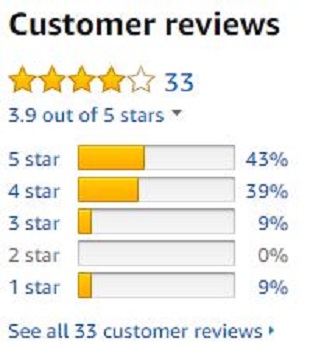
Pros
- It’s very cheap compared to most of the strings
- It’s a little easier on the arm with its soft feel.
- It’s also durable and offers a decent power.
Cons
- It doesn’t offer an outright excellence in one area of string performance.
Price
The lowest price you can get is $ 4.75 and the highest price is $ 10.00 at Amazon. This is indeed a great value of string for players who don’t want to spend beyond their budgets.
Finally, if you’re looking for a decent blend of spin, power, control and good feel of the string without overshooting your budget, then get your cut here.
Wilson NXT Power String
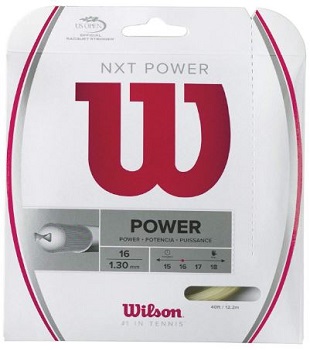 Cheapest Place to Buy: Amazon.com
Cheapest Place to Buy: Amazon.com
Price Range: $ 19.80 – $ 19.95
My Overall Ranking: 7.7 out of 10
Overview of the Wilson NXT Power
You have to note that this string was formerly named Wilson NXT Tour. It’s one of the iconic strings this brand produces. It’s the softest among this brand and was developed for an exceptional feature of power and reduced vibrations for great arm comfort.
Its polyurethane bonding enhances the durability of the string and adds to the feel of string contact providing a similar feel with the natural gut. Its great power delivery and awesome comfort make it an ideal choice for all class of players.
String Technical Specification
- Gauge: 17/1.26mm
- Length: 40ft/12.2m
- Composition: Multifilament (Xycro Micro fibres bonded with polyurethane)
- Colour: Natural
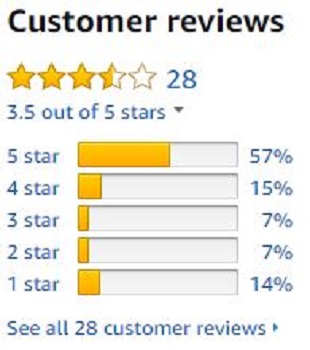
Pros
It’s good for players who seek outright excellence in power and comfort.
Its great feeling makes it very forgiving to the arm and thus a good choice for players with arm pains.
It’s 80 % less in vibrations than traditional synthetic guts.
Cons
- It requires extra effort for one to generate much spin and have better control as well.
Price
The price ranges from $ 19.80 – $ 19.95 on Amazon. It’s a bit pricey but it’s worth a premier string of the brand and thus makes it a cool price for such a popular string.
In short, if you’re a player who wants to produce shots with explosive power without offsetting comfort in your game, then grab your copy here.
Tecnifibre NRG2 16 String
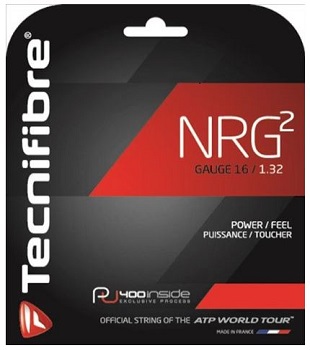 Cheapest Place to Buy: Amazon.com
Cheapest Place to Buy: Amazon.com
Price Range: $ 17.95
My Overall Ranking: 8.5 out of 10
Overview of the Tecnifibre NRG2, Awfully Hard to Beat
It’s a premium quality string made from synthetic fibres and comes close to natural guts in terms of playability. With it’s Silicon Pyrogene Lubritec (SPL) technology, you can be assured of durability and exceptional comfort of play without trading off the power.
Not only does it have a large following for its ultra-comfort, touch and power when strung in full bed but makes a perfect combination with other strings in a hybrid. It’s a good choice for all levels of players who are more concerned with the elbow or arm pains but seek the explosive power of their shots.
String Technical Specification
- Gauge: 16/1.32mm
- Length: 40ft/12.2m
- Composition: Multifilament (100% Elastic Fibers, SPL – Silicon Pyrogene Lubritec additive)
- Colour: Natural
The unique property of the SPL additive is to control elongation of the strings which adds to its durability by 40%.
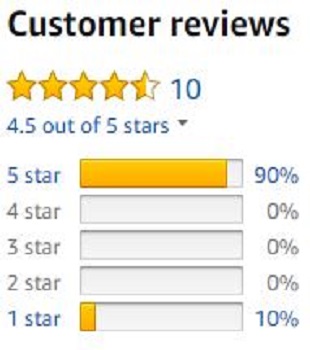
Pros
- It’s relatively soft compared with most synthetic strings and provides great relief for players with wrist, elbow and arm injuries.
- It has longer playing time.
- It’s ultra-comfortable to use without compromising on power.
Cons
- Its control and spin properties might not be enough for big hitters.
Price
It goes for a cool price of $ 17.95 at Amazon. The price is worth for a premium quality like this and you will hardly get it below that amount anywhere. In my opinion, its superb feel is worth the money and should be a good reason to grab your copy if you seek that.
If you’re seeking great power as well as amazing comfort in your play then you don’t have to ignore this string. Get yours here.
Conclusion – Have You Found Your Choice?
I believe by now you have found the right string to end your frustrations. Producing the right shots with great momentum to throw off your opponent is what keeps up going in the tennis game so having the appropriate surface is very essential. So, let me know by dropping a comment to know if this article was helpful to you in any way and I will be glad to get back to you.
You can also share your experience by leaving a comment below if you have used or after trying any of the strings reviewed above. Feel the strings as you enjoy your game!

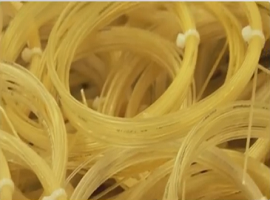 In the
In the 
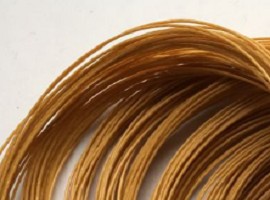 It’s the fastest growing string on the market and has become very popular among ATP players and some WTP players. It’s not known to deliver much power and outstanding feel but its development of co-polyester modules has made improvement in tension maintenance and feel making it less harsh now.
It’s the fastest growing string on the market and has become very popular among ATP players and some WTP players. It’s not known to deliver much power and outstanding feel but its development of co-polyester modules has made improvement in tension maintenance and feel making it less harsh now.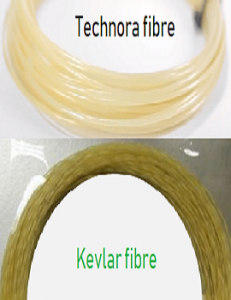 They are strings made from fibres which are more durable, stiffer and provide better control of high tensions on racquets. They are by far stiffer than nylon strings and mostly come as multifilament strings with some amount of nylon embeddings.
They are strings made from fibres which are more durable, stiffer and provide better control of high tensions on racquets. They are by far stiffer than nylon strings and mostly come as multifilament strings with some amount of nylon embeddings.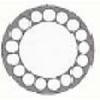
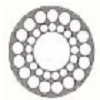 Solid Core with Multiple Wraps: It has a number of wraps around the solid core and offers added property of durability as well as cushioning effect. You get a maximum feel with the racquet when you strike the ball.
Solid Core with Multiple Wraps: It has a number of wraps around the solid core and offers added property of durability as well as cushioning effect. You get a maximum feel with the racquet when you strike the ball. Monofilament Polyester: It’s mostly used for polyester strings and offers a great deal of durability. It’s relatively less stiff than Kevlar constructed string except for its dead feel. It’s recommended for players who break their strings often.
Monofilament Polyester: It’s mostly used for polyester strings and offers a great deal of durability. It’s relatively less stiff than Kevlar constructed string except for its dead feel. It’s recommended for players who break their strings often.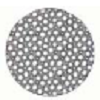 Multifilament with No Wraps: Unlike the solid cores, this has rolls of tiny synthetic fibres clumped together to offer improved cushioning effect. It’s more comfortable than the solid core of nylon. It’s also soft and makes a good choice for players with problems with the arm but can’t afford the natural gut.
Multifilament with No Wraps: Unlike the solid cores, this has rolls of tiny synthetic fibres clumped together to offer improved cushioning effect. It’s more comfortable than the solid core of nylon. It’s also soft and makes a good choice for players with problems with the arm but can’t afford the natural gut.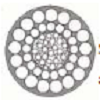 MultiCore with Wraps: It has smaller diameter bundles of microfibre core with one or more outer wraps. It’s not much different from the multifilament (no wraps) except for the improved durability.
MultiCore with Wraps: It has smaller diameter bundles of microfibre core with one or more outer wraps. It’s not much different from the multifilament (no wraps) except for the improved durability. Textured: It has a solid core with wrapping. The only difference is the embedding of filaments in the outer wraps or on the surface of the wraps. This configuration enhances the string’s spin potential.
Textured: It has a solid core with wrapping. The only difference is the embedding of filaments in the outer wraps or on the surface of the wraps. This configuration enhances the string’s spin potential.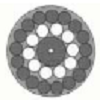 Composites: it’s formed by blending different materials of unique properties together with the aim of maximizing them. It’s to incorporate a uniform mixture exceptional characteristic.
Composites: it’s formed by blending different materials of unique properties together with the aim of maximizing them. It’s to incorporate a uniform mixture exceptional characteristic.
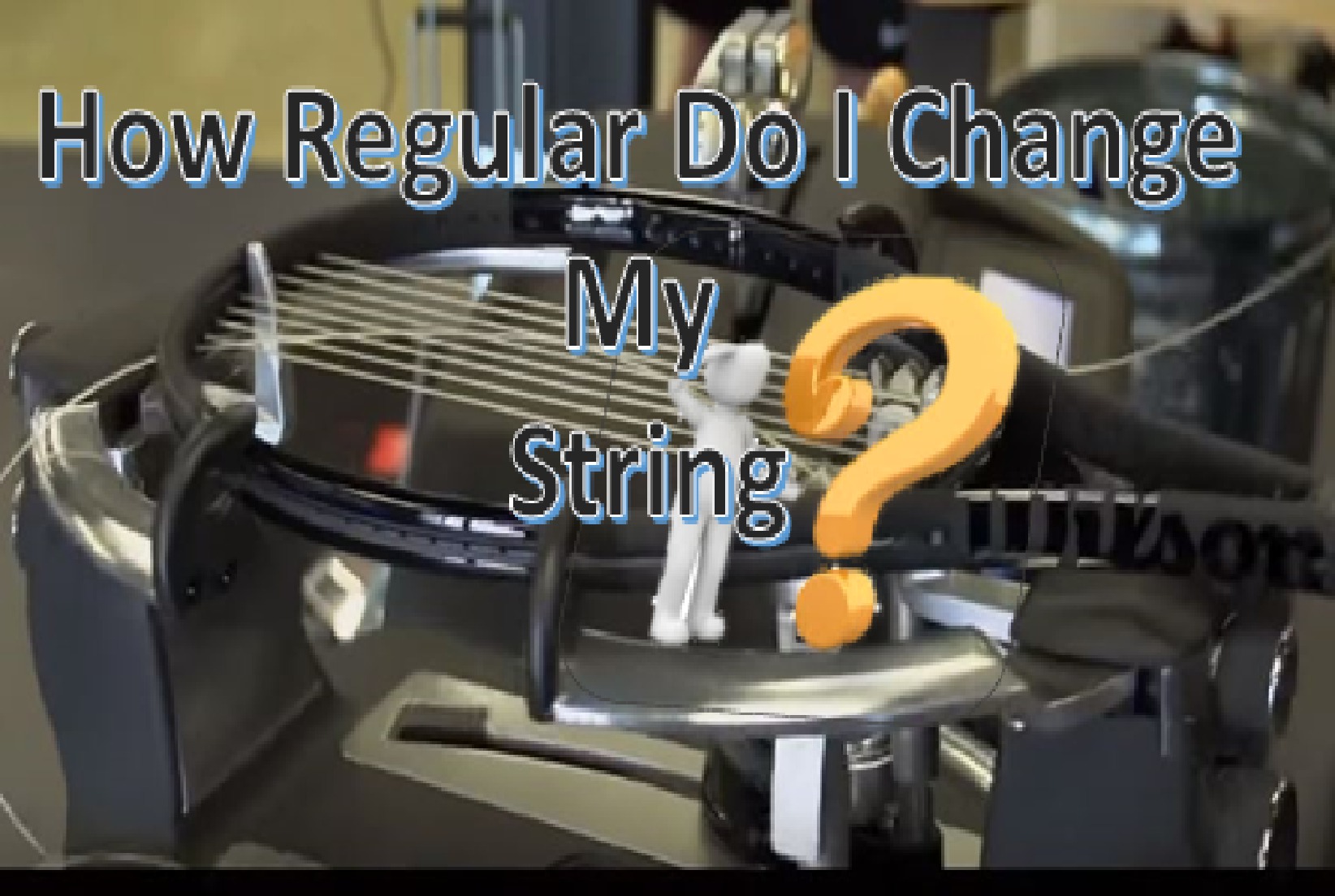
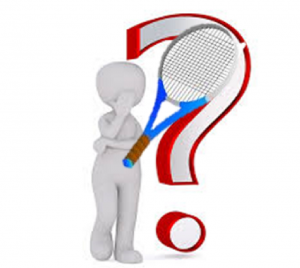 As we seek for
As we seek for 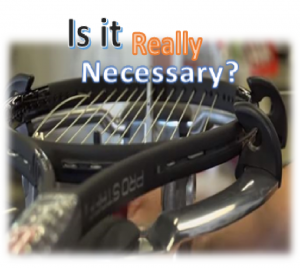 The moment the string is strung, its tension and elasticity begin to reduce. And string’s tension is a determinant on how much power one can generate and control you can have on the ball. So, when these are set on the decrease as you play, your performance reduces. Instead of maximizing your playing style, you begin to cash into other techniques that will enable you to offset the lost properties of the string.
The moment the string is strung, its tension and elasticity begin to reduce. And string’s tension is a determinant on how much power one can generate and control you can have on the ball. So, when these are set on the decrease as you play, your performance reduces. Instead of maximizing your playing style, you begin to cash into other techniques that will enable you to offset the lost properties of the string.
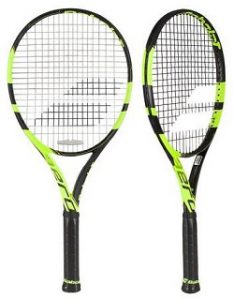
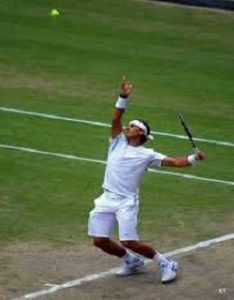 Serves – Generating Point with Ace Advantage
Serves – Generating Point with Ace Advantage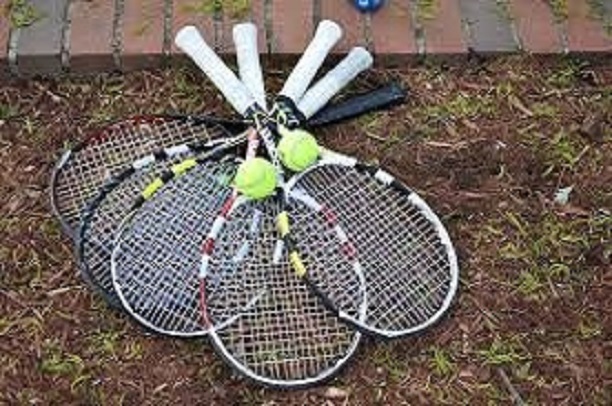
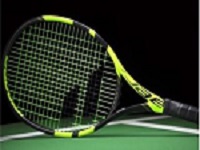 Babolat Pure Aero – Is one of the most used racquets of this brand that allows you to load your shots with great power. This is designed to complement the aggressive mechanics of the modern game. Its name was derived from the aerodynamic beam shape and stable feel. It enables players to hit balls at higher speed. It was previously known as Aero Pro Drive and it comes in different lengths, weights and sizes providing options for players at all levels to choose.
Babolat Pure Aero – Is one of the most used racquets of this brand that allows you to load your shots with great power. This is designed to complement the aggressive mechanics of the modern game. Its name was derived from the aerodynamic beam shape and stable feel. It enables players to hit balls at higher speed. It was previously known as Aero Pro Drive and it comes in different lengths, weights and sizes providing options for players at all levels to choose.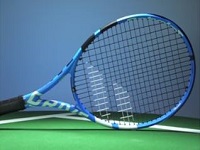 Babolat Pure Drive – It’s another most popular racquet series optimized for speed, power and spin. It has a lighter and easy to use frames and is highly recommended to players with aggressive play style. This family bears so much resemblance to the Pure Aero family but has a different feeling. Mostly, it’s advisable for a demo session before buying. It’s available to all levels of players.
Babolat Pure Drive – It’s another most popular racquet series optimized for speed, power and spin. It has a lighter and easy to use frames and is highly recommended to players with aggressive play style. This family bears so much resemblance to the Pure Aero family but has a different feeling. Mostly, it’s advisable for a demo session before buying. It’s available to all levels of players.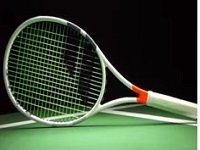 Babolat Pure Strike – is a user-friendly modern tennis racquet which provides control, feel, power and spin. It’s a thinner racquet with a flexible beam that offers better feedback and control. This family of the racquet is recommended to intermediate and advanced players who want to add control as well as feel to power and spin in their game.
Babolat Pure Strike – is a user-friendly modern tennis racquet which provides control, feel, power and spin. It’s a thinner racquet with a flexible beam that offers better feedback and control. This family of the racquet is recommended to intermediate and advanced players who want to add control as well as feel to power and spin in their game. Wilson Pro Staff – this is known for its remarkable precision, control and classic feel. It has a more flexible beam. It is one of the most iconic families in this brand line of production. The predominant feature of this is controlling and thus has a head size at 97 or smaller of variable weights. This is a good selection for an advanced player of good mechanics and is also suitable for beginners and intermediate players as well.
Wilson Pro Staff – this is known for its remarkable precision, control and classic feel. It has a more flexible beam. It is one of the most iconic families in this brand line of production. The predominant feature of this is controlling and thus has a head size at 97 or smaller of variable weights. This is a good selection for an advanced player of good mechanics and is also suitable for beginners and intermediate players as well. Wilson Ultra – It is engineered for a wide variety of playing styles and suits the modern power game of pace and spin. It has a thick beam making the racquet stiffer and more explosive than the blade and the pro staff racquets. It is available for all categories of players from beginner to the advanced level. It also provides easy access to power and spin.
Wilson Ultra – It is engineered for a wide variety of playing styles and suits the modern power game of pace and spin. It has a thick beam making the racquet stiffer and more explosive than the blade and the pro staff racquets. It is available for all categories of players from beginner to the advanced level. It also provides easy access to power and spin.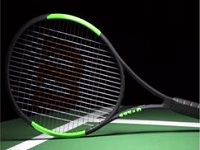 Wilson Blade – It’s a family of racquets loaded with precision, feel, control and spin and is available to all class of players. It is engineered for more response and easy access to spin. It also provides a more arm-friendly stroke but is less powerful than Ultra and Burn racquets.
Wilson Blade – It’s a family of racquets loaded with precision, feel, control and spin and is available to all class of players. It is engineered for more response and easy access to spin. It also provides a more arm-friendly stroke but is less powerful than Ultra and Burn racquets. Wilson Burn – It’s for modern and hard-charging tennis players looking for aggressive tennis game loaded with speed, power and spin. It’s a good selection for players of this nature. It has thick and firm beam punctuated by a crisp and lively response for players who want to add more rpm to their game. It is ideal for several spin generation and thus a good choice for seasonal spin players. This series is also available to all class of players.
Wilson Burn – It’s for modern and hard-charging tennis players looking for aggressive tennis game loaded with speed, power and spin. It’s a good selection for players of this nature. It has thick and firm beam punctuated by a crisp and lively response for players who want to add more rpm to their game. It is ideal for several spin generation and thus a good choice for seasonal spin players. This series is also available to all class of players.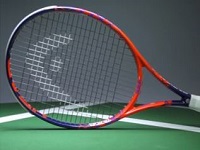 Head Radical – This family is suitable for players who desire racquets optimized for speed, power, spin, control and feel. Head Radical tend to have moderate flex ratings making it slightly flexible than the average modern power racquets. Majority of this family is weighted for players at the intermediate and advanced level. There are other modified versions for beginners as well.
Head Radical – This family is suitable for players who desire racquets optimized for speed, power, spin, control and feel. Head Radical tend to have moderate flex ratings making it slightly flexible than the average modern power racquets. Majority of this family is weighted for players at the intermediate and advanced level. There are other modified versions for beginners as well.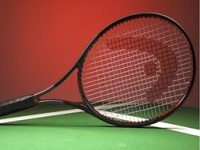 Head Prestige – It’s characterized by precision, control, stability and feel. This is an improved version and is specialized for more muted feel by dampening vibrations at the impact of the tennis ball. It’s a good choice for intermediate to advanced players looking for racquets of these characteristics.
Head Prestige – It’s characterized by precision, control, stability and feel. This is an improved version and is specialized for more muted feel by dampening vibrations at the impact of the tennis ball. It’s a good choice for intermediate to advanced players looking for racquets of these characteristics. Head Speed – Players looking for racquets that can offer good control, feel and spin will be served right to select this. It offers the speed and spin required of modern player racquets. The majority of its production line features thinner and more flexible beams giving them great control and feel. In addition, it provides customization option of adaptive tuning of string pattern as well as power options for beginners and anyone seeking a preferred setting. It’s available for beginners, intermediate and advanced players looking for quick swinging styles and control.
Head Speed – Players looking for racquets that can offer good control, feel and spin will be served right to select this. It offers the speed and spin required of modern player racquets. The majority of its production line features thinner and more flexible beams giving them great control and feel. In addition, it provides customization option of adaptive tuning of string pattern as well as power options for beginners and anyone seeking a preferred setting. It’s available for beginners, intermediate and advanced players looking for quick swinging styles and control.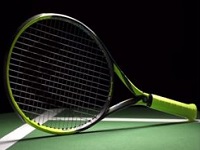 Head Extreme – It’s recommended for big swing modern players seeking power, speed and spin to their game. It has thick and lively beams giving modern players impressive stability. It also enables effective loading of shots at a regular pace and getting the ball bouncing. It has only two weights available for beginners to advanced players who want to generate more power and variety of spins in their game.
Head Extreme – It’s recommended for big swing modern players seeking power, speed and spin to their game. It has thick and lively beams giving modern players impressive stability. It also enables effective loading of shots at a regular pace and getting the ball bouncing. It has only two weights available for beginners to advanced players who want to generate more power and variety of spins in their game.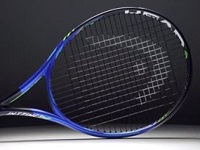 Head Instinct – It’s engineered specifically to deliver more power and spin. It’s a user-friendly modern racquet that comes with open 16 by 19 string pattern to maximize spin potential. It also comes with an adaptive feature that one can tune to suit one’s need. It’s ability to accommodate light and heavy options make it flexible to customize it to features that fit beginners and intermediate players.
Head Instinct – It’s engineered specifically to deliver more power and spin. It’s a user-friendly modern racquet that comes with open 16 by 19 string pattern to maximize spin potential. It also comes with an adaptive feature that one can tune to suit one’s need. It’s ability to accommodate light and heavy options make it flexible to customize it to features that fit beginners and intermediate players.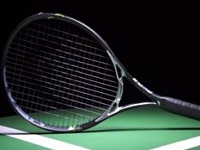 Header MXG – It’s the newest family to this brand and is specially weighted for players in the beginning and intermediate level. It’s designed for its outstanding speed, power and spin. It features Magnesium throat bridge serving as a stability enhancement and accommodates longer main strings for extra comfort and power. It’s a good option for improving beginners and intermediate players.
Header MXG – It’s the newest family to this brand and is specially weighted for players in the beginning and intermediate level. It’s designed for its outstanding speed, power and spin. It features Magnesium throat bridge serving as a stability enhancement and accommodates longer main strings for extra comfort and power. It’s a good option for improving beginners and intermediate players.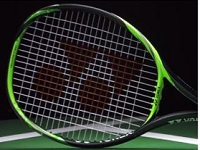 Yonex EZONE – Provides a good measure of speed, power, control and spin. It’s also more flexible and arm-friendly. It fit players ranging from beginner to advanced level who seek controllable power racquets with an amazing feel.
Yonex EZONE – Provides a good measure of speed, power, control and spin. It’s also more flexible and arm-friendly. It fit players ranging from beginner to advanced level who seek controllable power racquets with an amazing feel.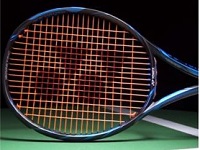 Yonex EZONE DR – offers racquets of remarkable control, spin and feel. It’s available to players from beginner level all the way to advanced and has average stability for the ranges of weights and lengths.
Yonex EZONE DR – offers racquets of remarkable control, spin and feel. It’s available to players from beginner level all the way to advanced and has average stability for the ranges of weights and lengths.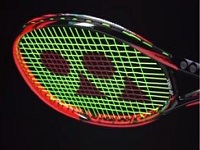 Yonex VCore Spin Vortex (SV) – It provides a combination of power and precision to players. Its extended length version is a good deal for modern aggressive baseliners who want to be in control of their game and are for all class of players.
Yonex VCore Spin Vortex (SV) – It provides a combination of power and precision to players. Its extended length version is a good deal for modern aggressive baseliners who want to be in control of their game and are for all class of players.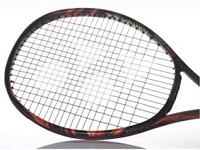 Yonex VCore Duel G – It provides players with extra control of the game and an amazing feel with a slightly traditional spec profile. It has thinner beam compared to Ezone and Vcore families. Its heaviest models are great for advanced players looking for control, feel and shot cut-through in their games. The lighter ones provide a good deal for intermediate players.
Yonex VCore Duel G – It provides players with extra control of the game and an amazing feel with a slightly traditional spec profile. It has thinner beam compared to Ezone and Vcore families. Its heaviest models are great for advanced players looking for control, feel and shot cut-through in their games. The lighter ones provide a good deal for intermediate players.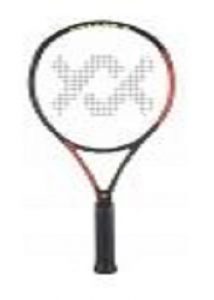 Volkl Super G
Volkl Super G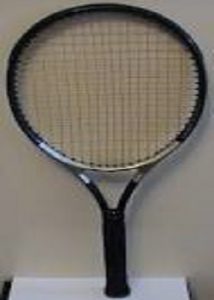 Prince Beast
Prince Beast As discussed above there is a wide range of options for one to choose from but the brands I will recommend are
As discussed above there is a wide range of options for one to choose from but the brands I will recommend are 
 A court which is no longer in use for professional matches but at shoulder to shoulder with grass court in terms of speed. They are temporary fixtures laid on concrete or asphalt and comes in different designs and colours.
A court which is no longer in use for professional matches but at shoulder to shoulder with grass court in terms of speed. They are temporary fixtures laid on concrete or asphalt and comes in different designs and colours. The ATP putting an end to carpet court professional events was aimed to promote competitive tournaments that audience will enjoy watching. It was to bring out the talent in players more than the display of only strength and thereby producing matches with fewer points won with ace.
The ATP putting an end to carpet court professional events was aimed to promote competitive tournaments that audience will enjoy watching. It was to bring out the talent in players more than the display of only strength and thereby producing matches with fewer points won with ace.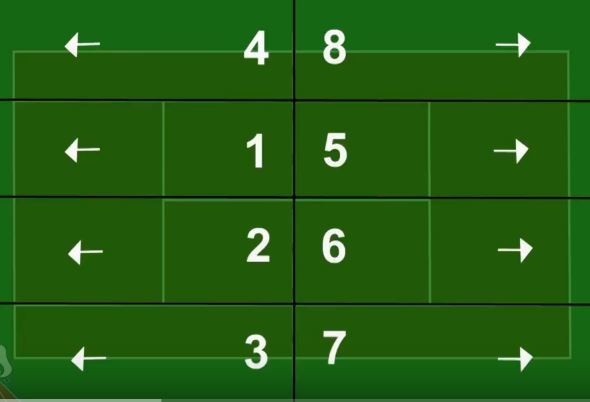
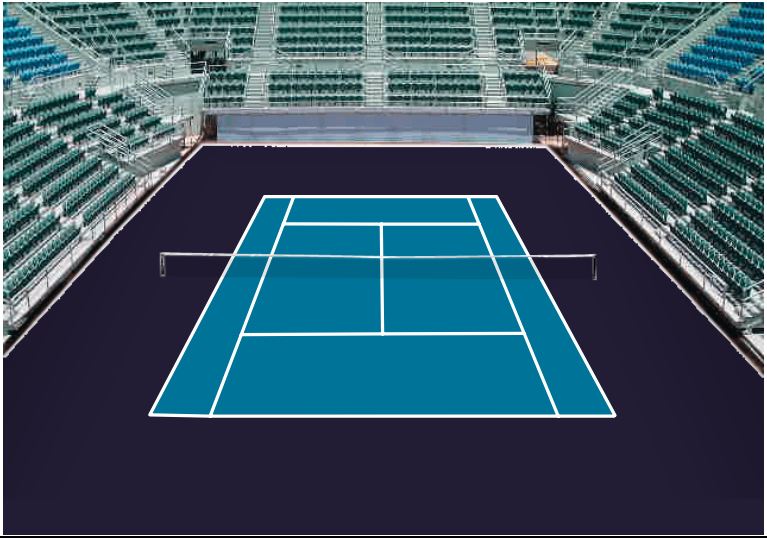
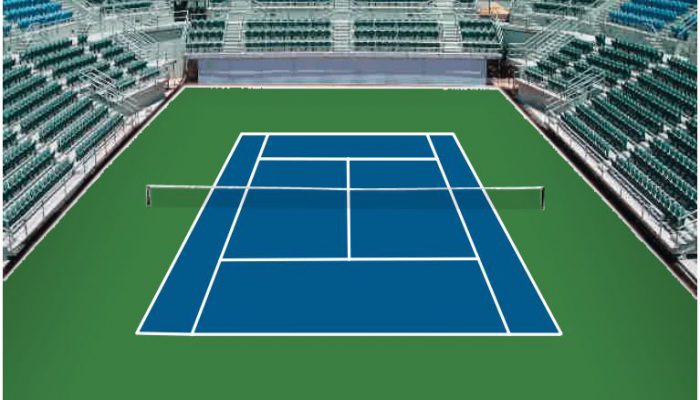
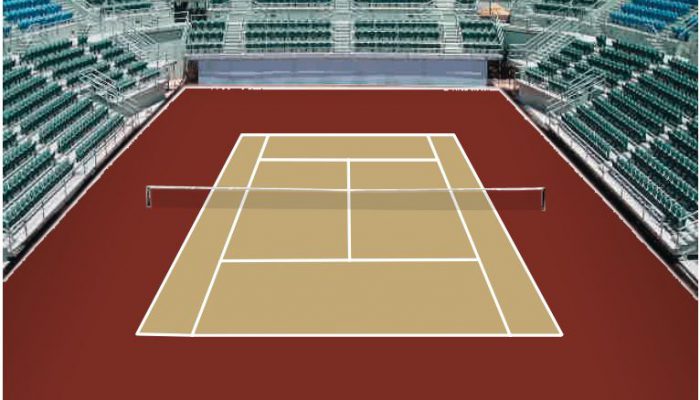
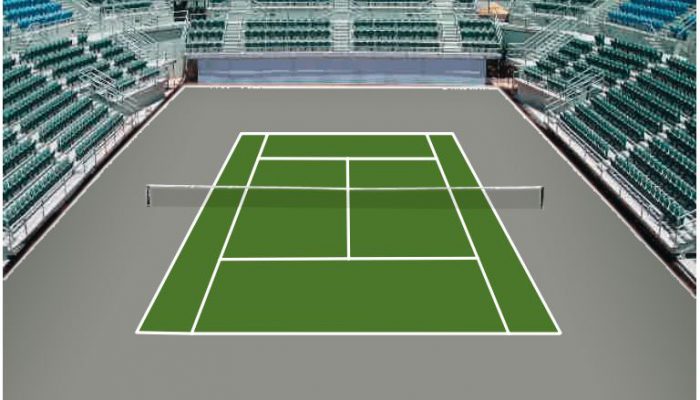


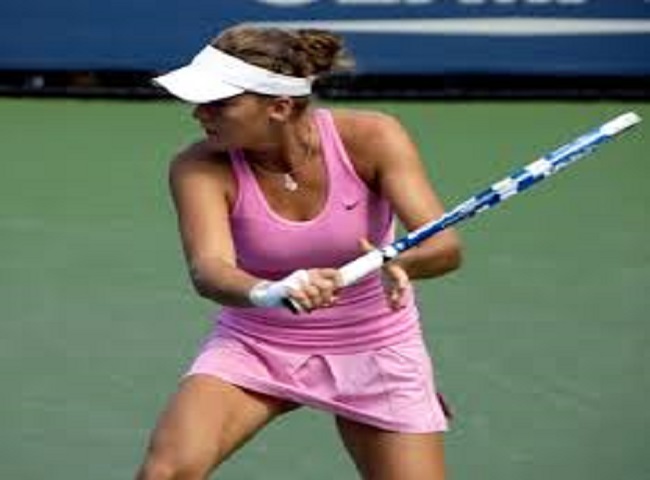





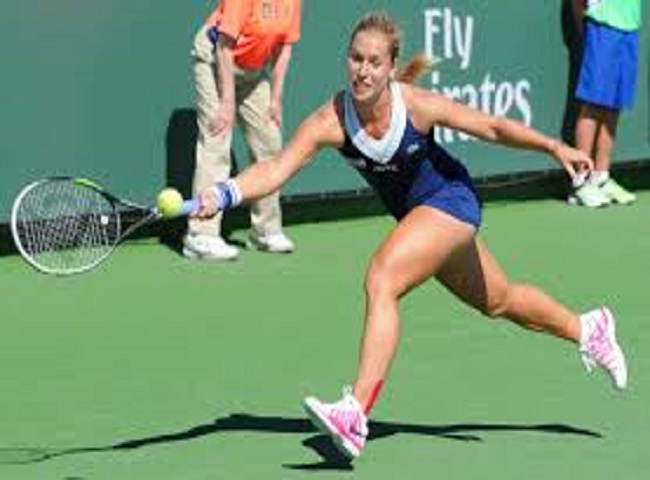
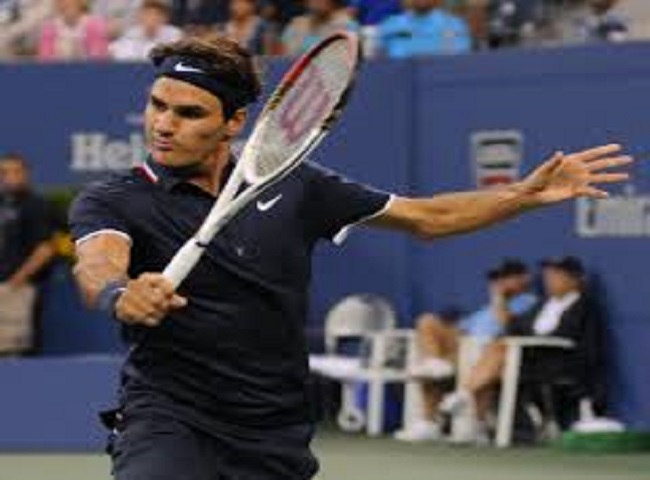


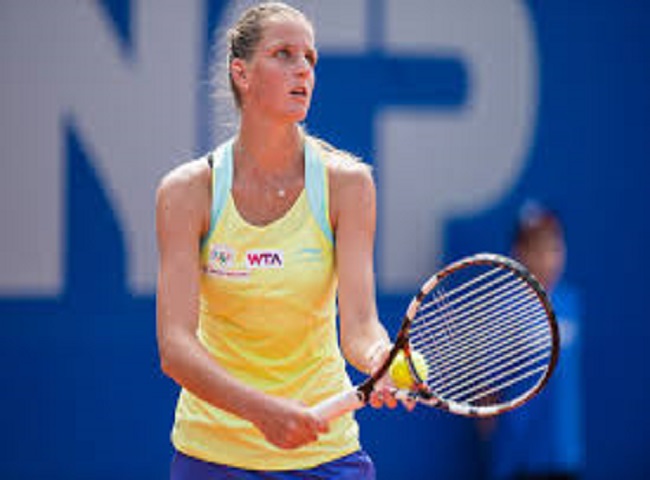
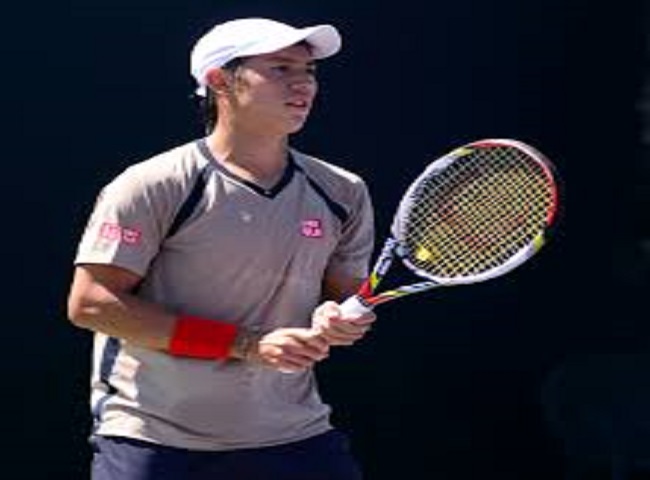

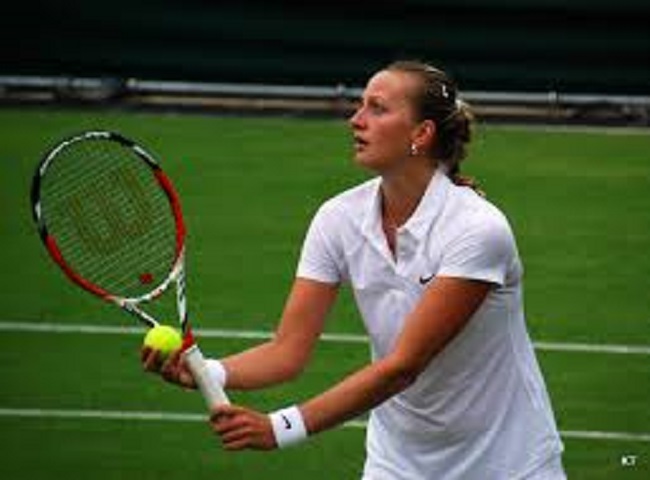
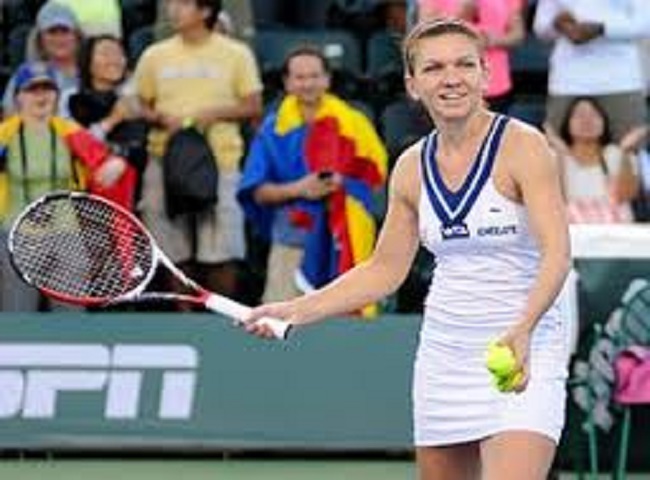


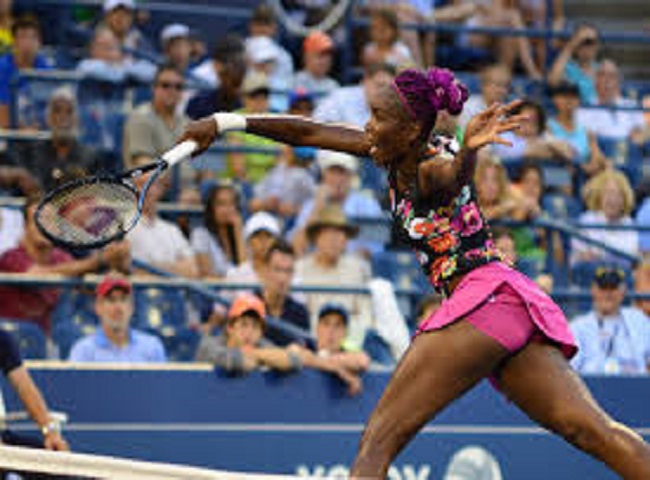
 Hard-Court Summary – Try it!
Hard-Court Summary – Try it!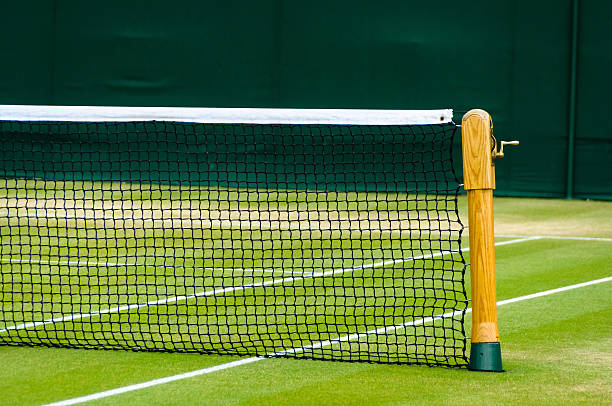
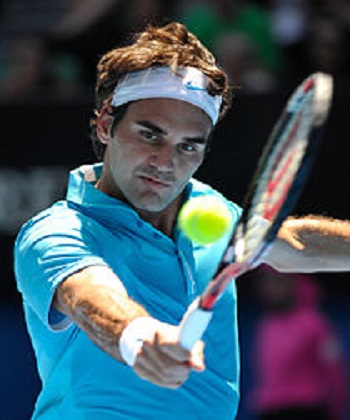

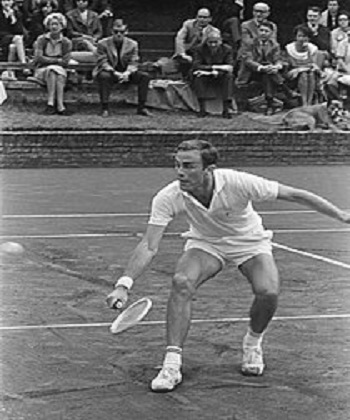
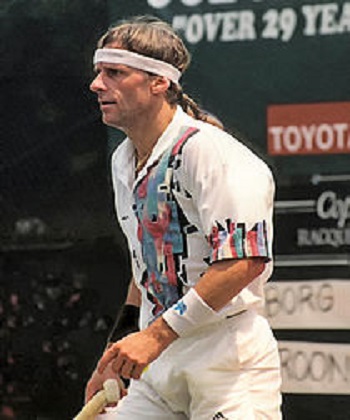


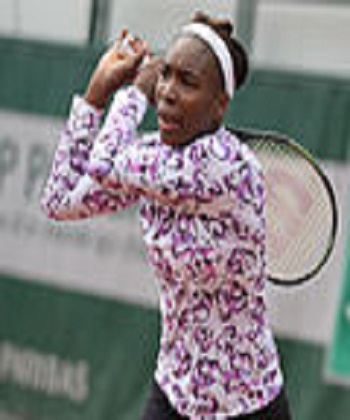


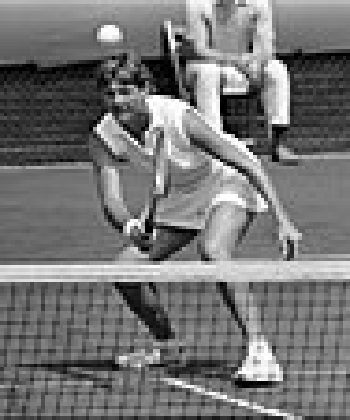





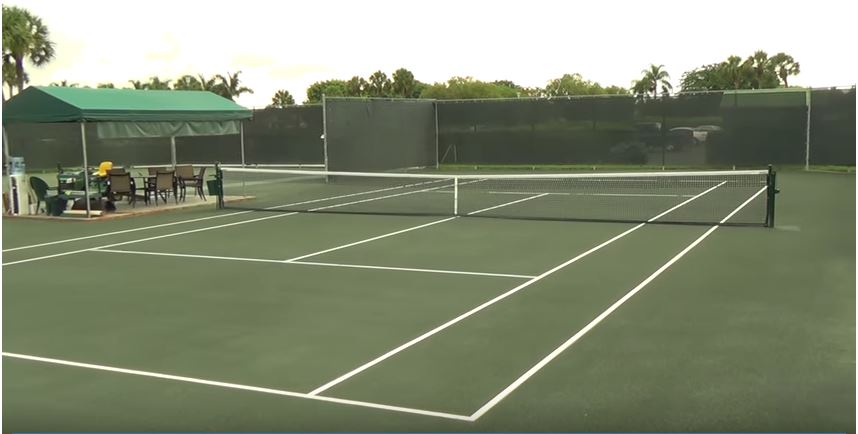
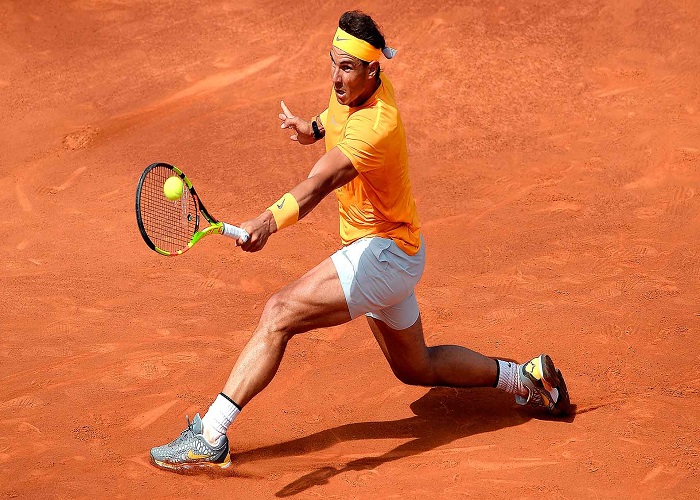

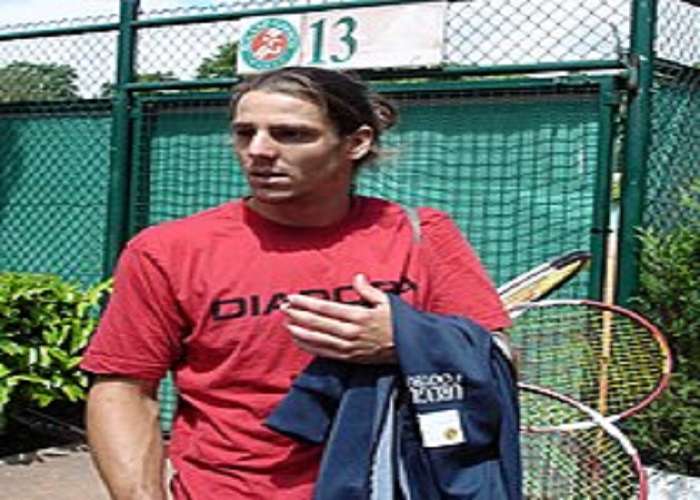
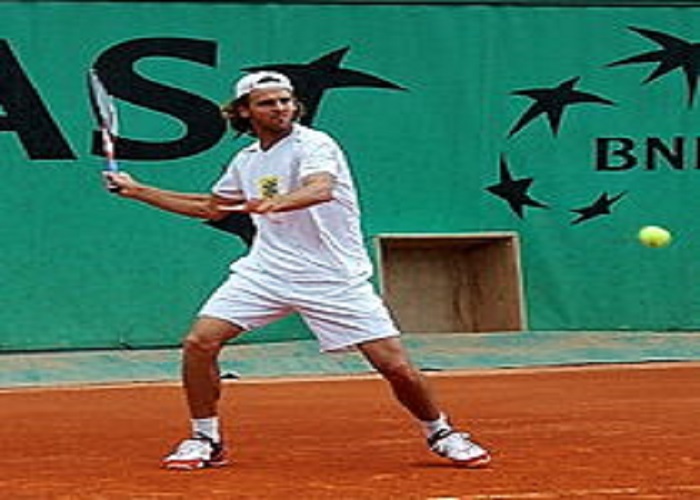
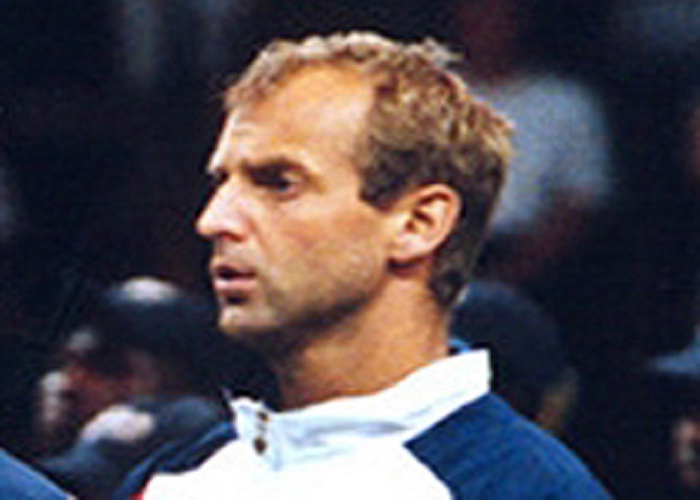

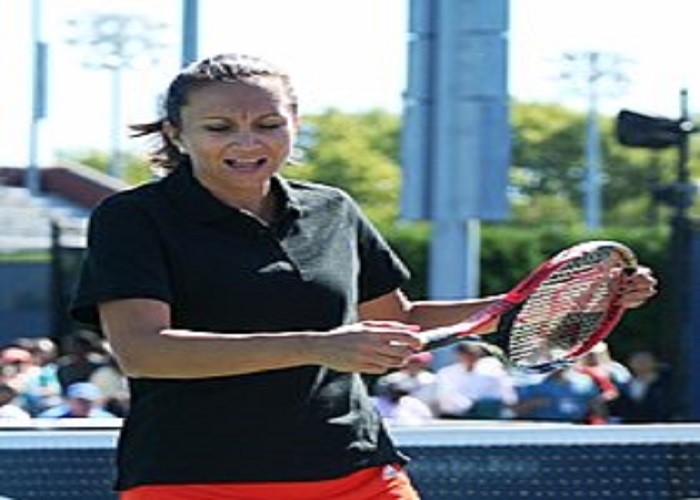
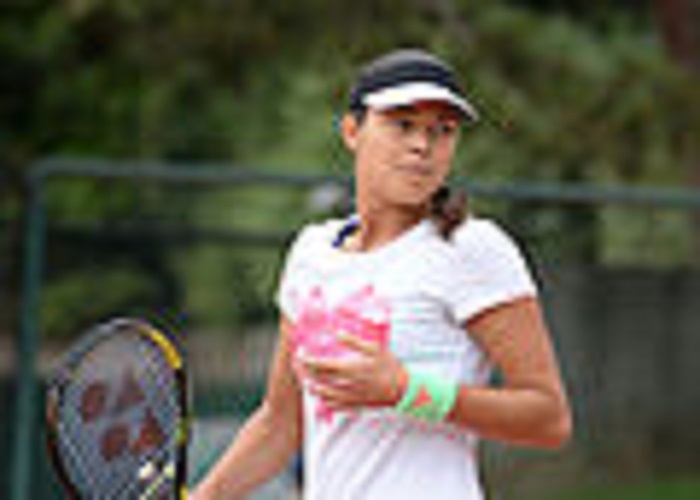
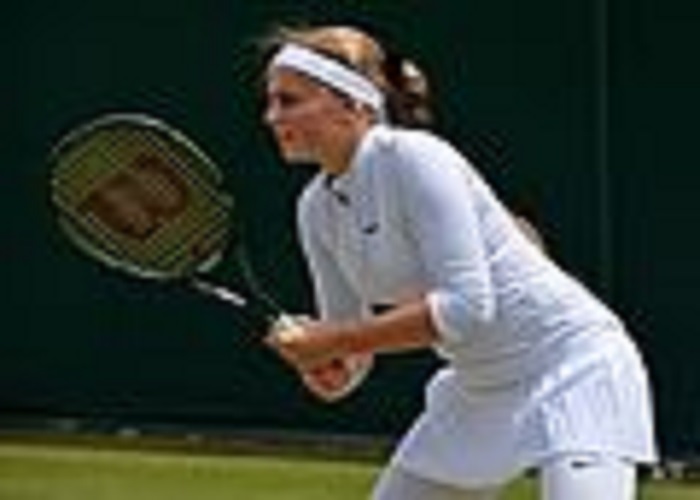
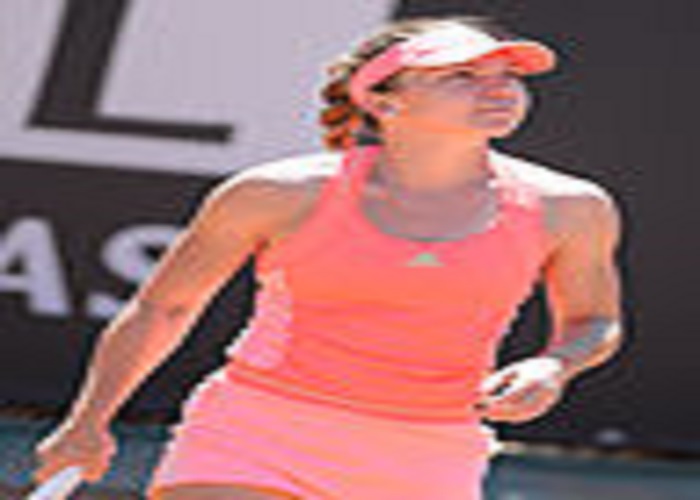


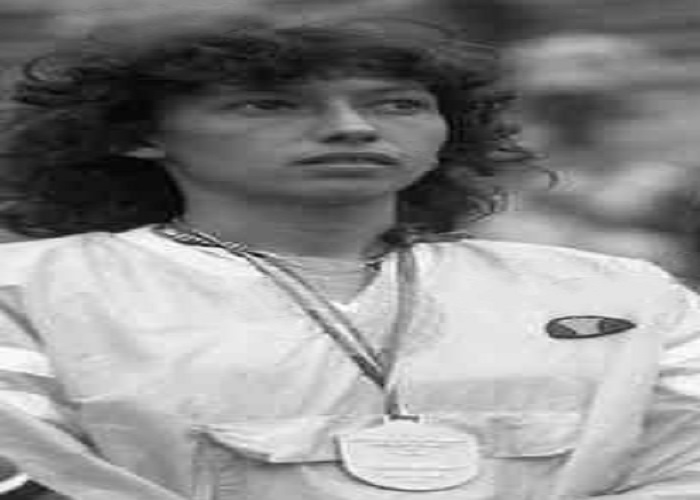
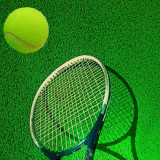


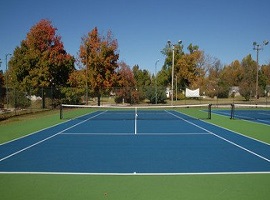
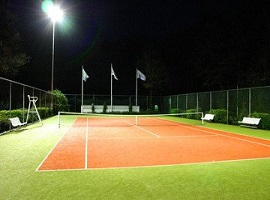
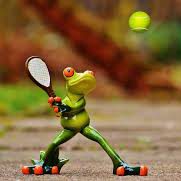 If you are a fun of tennis game, I believe you have had some experience on one or two of these types. Was the feeling the same? I remember my experience when I first played on a hard court after several training on clay tennis court. I was kind of disappointed in myself because I couldn’t really flow well for the few hours. It took me some time to get accustomed to it before I could play a smooth game. So the feeling is not the same in my opinion.
If you are a fun of tennis game, I believe you have had some experience on one or two of these types. Was the feeling the same? I remember my experience when I first played on a hard court after several training on clay tennis court. I was kind of disappointed in myself because I couldn’t really flow well for the few hours. It took me some time to get accustomed to it before I could play a smooth game. So the feeling is not the same in my opinion.